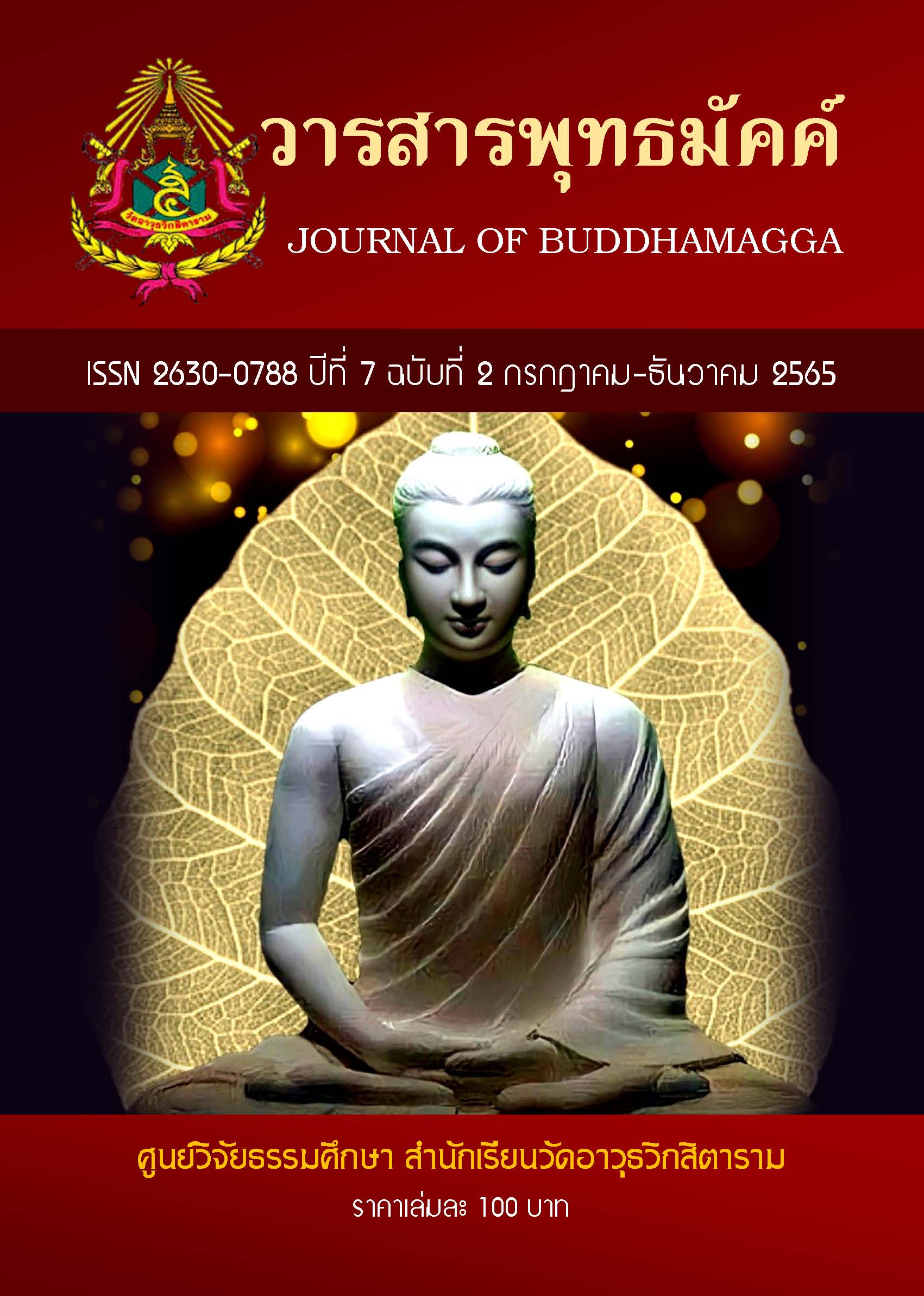The Management of Environmental Design Major at the Undergraduate Level of Shenyang City University
คำสำคัญ:
-, The Management of Environmental Design Major, Shenyang City University, practical teachingบทคัดย่อ
The objectives of this research were: (1) To study the problems of the teaching management mode of environmental design at the undergraduate level of Shenyang City University; (2) To compare the teaching management mode of the environmental design major of LuXun Academy of Fine Arts and Shenyang City University; and (3) To develop the teaching management mode of the environmental design major at the undergraduate level of Shenyang City University.
The research was a mixed methodology research consists of quantitative research and qualitative research. Population was students majoring in environmental design at the undergraduate level of Shenyang City University and LuXun Academy of Fine Arts, totaling 252 students. The sample size was determined by more than 95% of the population, obtained by simple random sampling method, totaling 243 students. The key informants were teachers of environmental design major at the undergraduate level of Shenyang City University, industry experts, and employers, obtained by purposive sampling method. The instruments used for data collection were questionnaire, and interview records. The statistics used for data analysis were percentage, mean, variance, and t-test.
The research findings revealed that: (1) There were a series of problems in the teaching mode of environmental design major in Shenyang City University, such as “lack of cultivating students' innovative thinking, lack of cognition of the importance of architecture, weak basic teaching, lack of practical teaching, and inadequate utilization of teaching resources”; (2) In the teaching mode of environmental design major of LuXun Academy of Fine Arts, "basic teaching and professional integration, organic integration of supporting disciplines, good architectural foundation, and many practical courses" were worthy of Shenyang City University's reference; and (3) Based on the interdisciplinary systems engineering and modularization theory, the researchers established a new environmental design teaching model for Shenyang City University. And based on this new model, a macroscopic environmental design teaching evaluation system was established.
เอกสารอ้างอิง
Alan Weiner, & Talia R. Goldstein, & Stephen Vincent-Lan Klin. (2016). Return to Art Itself the Influence of Art Education. Translated by Zheng Yan.Shanghai: East China Normal University Press.
Brian Edwards. (2003). Sustainable Architecture. Beijing: China Construction Industry Press, 208.
Brian Enlawson. (2003). The Language of Space. Translated by Yang Qingjuan, Han Xiao, Lu Fang, and Li Xiang. Beijing: China Construction Industry Press.
Christopher Day. (1990). Places of the Soul. London: The Aquarian Press, 15-16.
Chen Keqian. (2009). Analysis of the Reform and Reconstruction of the Art Design Professional Curriculum System in Contemporary Universities. Beauty and Times (First Half of the Month), 01,124-125.
Chen Lixin, & Xuan Xinming. (2007). Exploration of Environmental Art Design Classroom Teaching Method. China Science and Technology Information, 01, 179-180.
Gianni Gibbs. (2006). St. Martin College of Art and Design Textbook Series: Interior Design Training Course. Translated by Chen Demin, Pu Yanqing and others. Shanghai: People's Fine Arts Publishing House.
Hu Wanshan. (2020). 70 Years of Application-oriented Undergraduate Education in China: History, Experience and Prospects. Heilongjiang Higher Education Research, 07, 34-38. National Bureau of Statistics of People's Republic of China. (2016, February 15). Sixth Census Data. Retrieved August 1, 2021, from: http://www.stats.gov.cn/tjsj/pcsj/ rkpc/ 6rp/ indexch.htm
Norman Foster. (1997). Towards a modern homeland. Beijing: China Construction Industry Press, 212.
Rita C Richey. (2017). Collection of Educational Exchange and Technical Terminology. Translatedby Lai Fengqi. Shanghai: East China Normal University Press.
Suga Xinxin. (2019). The Historical Evolution of Undergraduate Teaching Reform in China's Universities Since the Founding of the People's Republic of My Country. Master's thesis, Liaoning Normal University.
Tsinghua Academy of Fine Arts. (2016, May 16). Department of Environmental Design. Retrieved August 1, 2021, from: https://www.ad.tsinghua.edu.cn/jgsz/xssz/hjyssjx.htm
Wang Fei. (2009). Cultural Changes in the Development of Chinese Universities in the Past Century. Journal of Changchun University of Technology (Higher Education Research Edition), 03, 31-33.
Wang Zhenggang, & Li Jie. (2014). Research on the Environmental Art Design Teaching System Oriented by "Practice·Art". Art Hundreds of Arts, 01, 213-214+217.
Xu Minghao. (2020). Research on Heilongjiang Environmental Design Education Development (1985~2015). Master's thesis, Harbin Normal University.
Yin Ni, & Liu Jingjing. (2021). Research on the Reform and Practice of Art Design Practice Teaching Mode Take the Environmental Design Major as an Example. The House of Drama, 26, 177-178.
Yu Xiaoqian. (2021). Analysis on Modularized Practice Teaching of Curriculum System of Environmental Art Design. Journal of Changzhi University, 01, 123-127.
ดาวน์โหลด
เผยแพร่แล้ว
รูปแบบการอ้างอิง
ฉบับ
ประเภทบทความ
สัญญาอนุญาต
ลิขสิทธิ์ (c) 2022 พุทธมัคค์

อนุญาตภายใต้เงื่อนไข Creative Commons Attribution-NonCommercial-NoDerivatives 4.0 International License.



